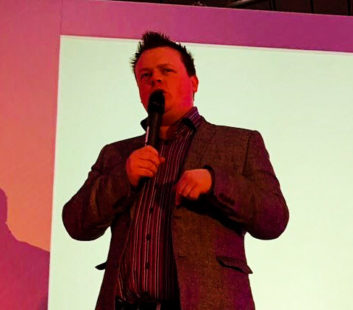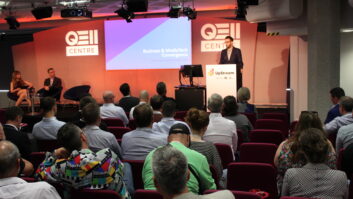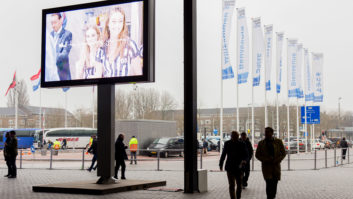 The pandemic will come to an end (eventually), and we’ll return back to some normality, but the key learning points we take from this extended period of change will be relevant for years to come. It will also have a major effect on the way events, in general, are delivered in the future.
The pandemic will come to an end (eventually), and we’ll return back to some normality, but the key learning points we take from this extended period of change will be relevant for years to come. It will also have a major effect on the way events, in general, are delivered in the future.
The majority of the events industry clambered almost overnight in 2020 to ensure they could survive and ‘pivot’ their offering to clients. The problem is, we didn’t take our clients with us. We didn’t develop their understanding of the seemingly ‘new’ technologies which were thrust in front of them.
Clients have only just managed to get their heads around streaming an event online, and what do you know, the likes of Microsoft (Teams), Zoom and platforms such as Hopin understand the value of this. They’re frantically trying to develop new features to offer their clients in the hope they continue to use their technology for future events. The problem is, this technology doesn’t replace in-person events.
In-person events are very sensory led and can evoke emotion which helps with recall around what attendees might have learnt. Ultimately, they can inspire in ways that a virtual event just can’t.
The next battle we’re going to have to endure is transitioning back into ‘normality’.
There will be considerations for every element of the event needed now in order to adhere to the latest restrictions and government guidelines. Not only that, but the change in mentality for many attendees, no longer will people want to be crammed into a stuffy room and sat closely on a table with complete strangers.
It’s likely in the future there will be more demand for larger venues. These may be for events which would have otherwise used a small to medium-sized venue, but could no longer use such venues due to numbers and the potential need for social distancing.
There’s also the potential for pricing of events to be impacted. The demand is going to be so high, so production companies, venues and general suppliers will likely increase their costs. On the other hand, production companies may also need to increase their costs because the technical labour (freelance technicians, crew etc) pool will be lower as many have now left the industry to work elsewhere.
One thing is certain, there will be a big skills gap within the industry but working with a production company who has experience in-house will help reduce the reliance on freelancers and those potential additional costs.
The natural transition from fully virtual events will be hybrid. Many people still associate hybrids with cars – why wouldn’t you? For the events industry, this term is fairly new.
Hybrid is a mixture of in-person delegates and online (virtual if you were) delegates. The concept will work for some events, but won’t work for others. Some clients will pick up the concept really easily, some won’t be able to grasp the meaning at all. This will be the same for delegates. Prior to the pandemic, they would have been used to sitting in a conference suite, now they’re used to accessing an event online.
This will be the key driver in the return of the events industry in 2021 and beyond. You may have more control measures than a nuclear power station, and think your event is ‘COVID Secure’, but unless your audience feels safe to return, they will stay away, no matter what you offer them.
As an industry, we are tactile, creative and gushing with enthusiasm to support our clients. Now more than ever, we need to be there to hold their hand and be flexible as much as they need us to be. Standing side by side with them, creating contingency plans and guiding them on how to transition back to some form of normality is crucial.
2021 is going to be just as challenging as 2020, the only difference is we have more tools in our arsenal, and we now know how to use them.







